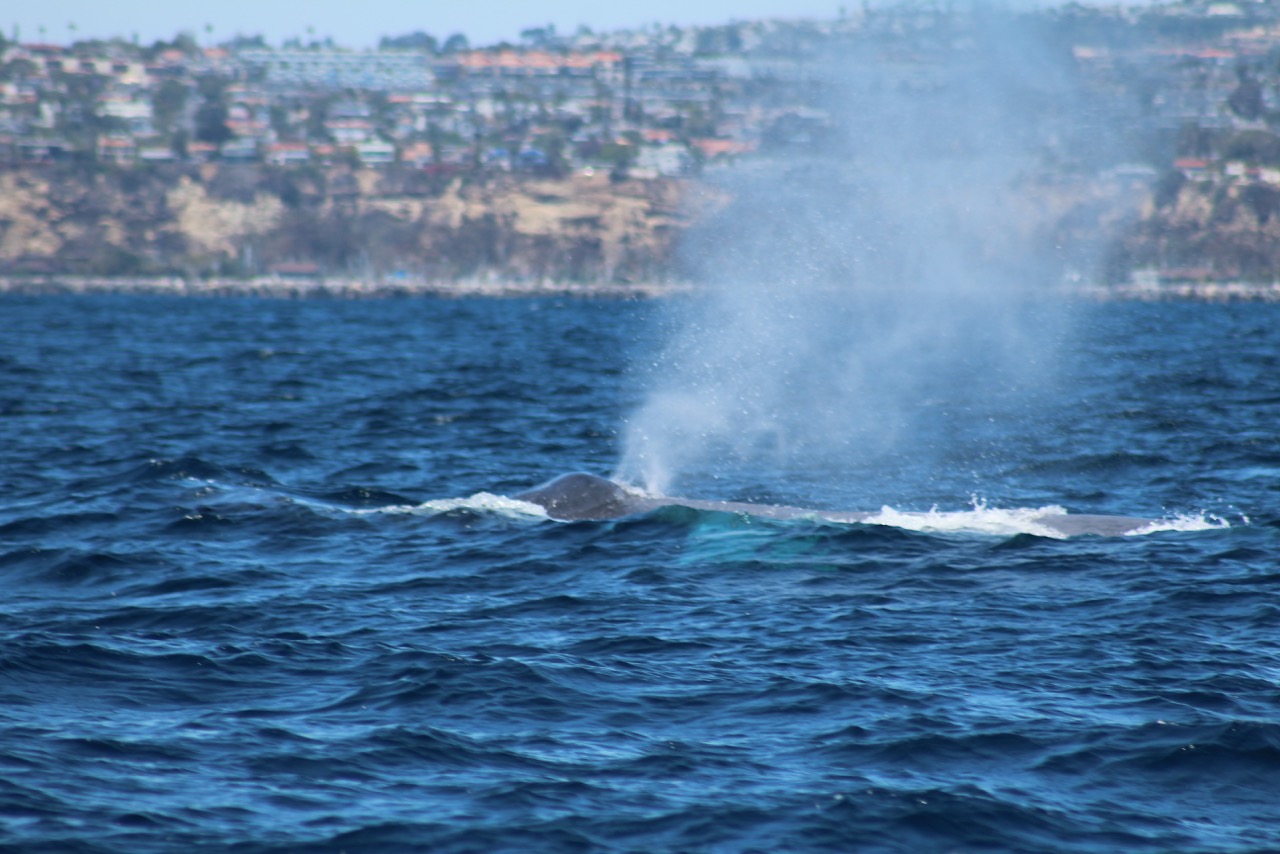
For one thing, the rates of change in song frequency-basically a straight linear progression across 40 years-didn’t mathematically match up with rates of change for ocean acidity, whale size, or population. 1 In it, they floated numerous hypotheses to explain the phenomenon: climate change related fluctuations in ocean acidity, whaling-related shifts in average whale size and population density, rising ocean noise. In late 2009, Hildebrand, McDonald, and Sarah Mesnick, an ocean ecologist at Scripps, formally described the falling song frequencies in an Endangered Species Research journal article. “It’s just kind of tormenting all the whale scientists that we can’t figure it out,” says Ally Rice, a researcher in the whale acoustics lab at Scripps. And that shift is consistent around the world-even though the local anthems are not.

(If it seems strange that their songs are so loud yet imperceptible to us, consider that our ears barely register 100-decibel dog whistles.) But now their voices have inexplicably shifted from bass to basso profundo, Elvis to Barry White. Blue whales are not only the world’s largest animals, over 75 feet long and weighing around 300,000 pounds they are the world’s loudest, whose 180-decibel songs-as loud as a jet plane-can be heard 500 miles away by properly-attuned ears. Together, they had stumbled onto what would become one of the biggest unsolved riddles of blue whale research for decades to come. The trend held.īASSO PROFUNDO: For the past 20 years, whale researchers have struggled to understand why the songs of blue whales keep steadily sinking to lower registers. Then he and McDonald, who runs a private ocean acoustics consultancy, listened to other populations of blue whales in the Antarctic and the Central Pacific, each of which sings a different song.

“You could really see, ‘oh my God, this thing has shifted a lot,’ ” says Hildebrand, who heads the whale acoustics lab at Scripps Institution of Oceanography in San Diego. The frequencies had declined by 30 percent over 40 years. Eventually they got their hands on some of the earliest known recordings, created by the Navy in the 1960s and stored on analog cassettes. To figure out if it was just an anomaly or something more, Hildebrand and McDonald embarked on a quest to find some really old songs.


 0 kommentar(er)
0 kommentar(er)
